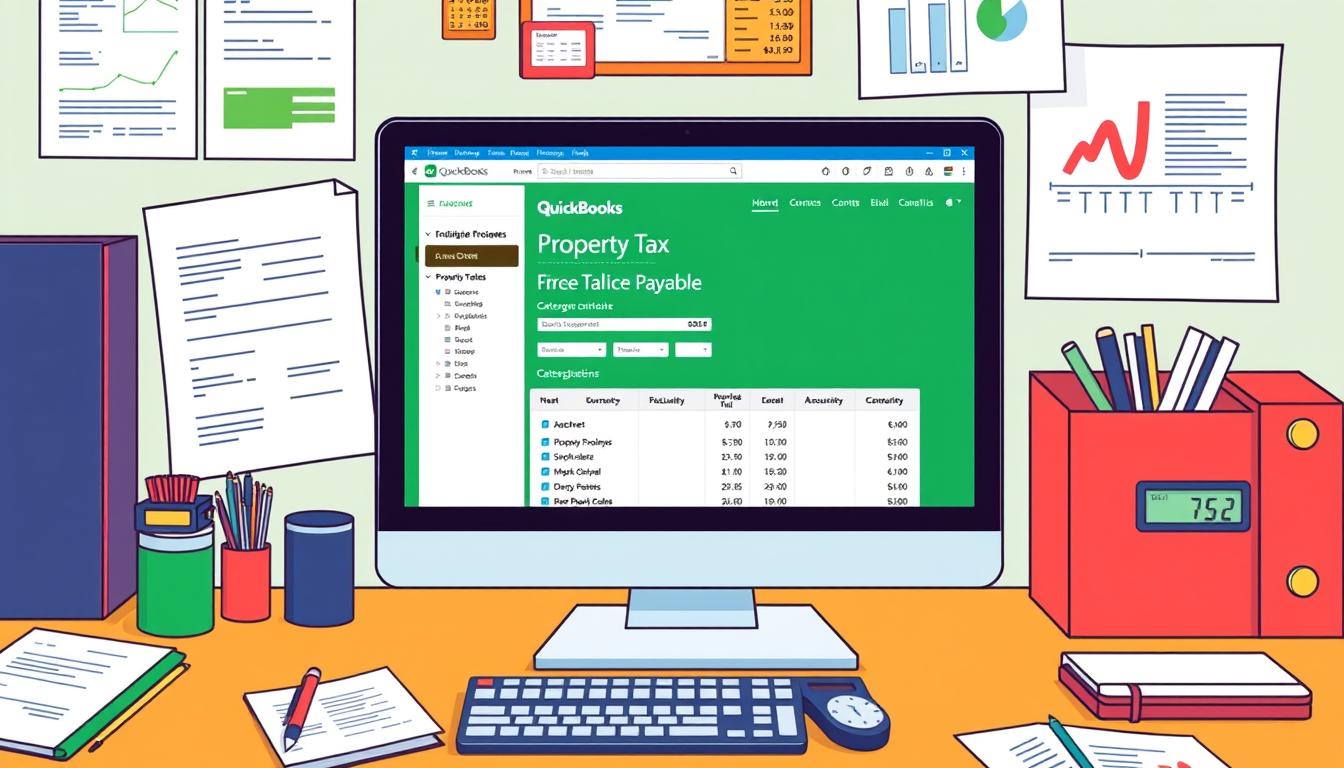
Is paypal a checking account in quickbooks
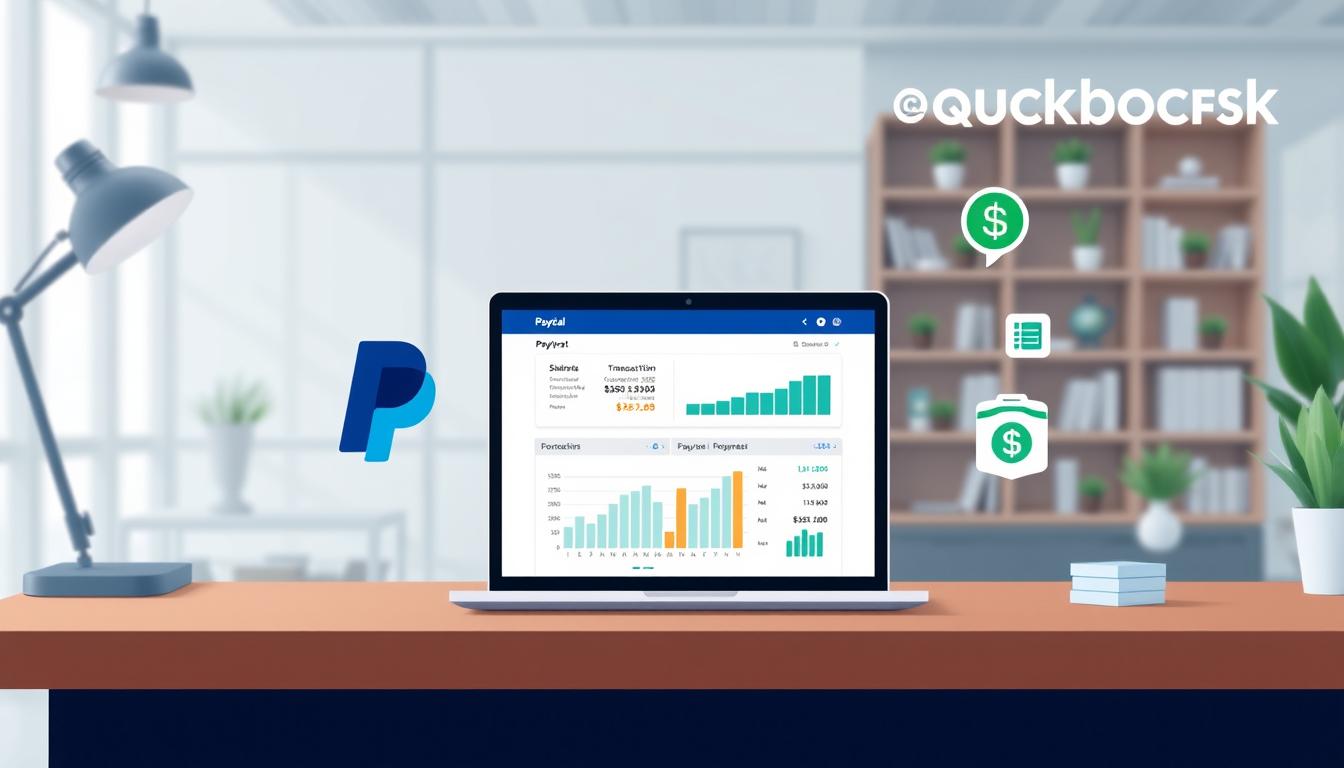
Table of Contents
Many businesses wonder if PayPal can act as a checking account in QuickBooks. PayPal is great for making payments easy, but it’s not a full checking account like banks offer. This part will explain the difference between PayPal and a real checking account, especially in QuickBooks.
Key Takeaways
- Understanding the role of PayPal in financial transactions.
- Recognizing the limitations of PayPal compared to traditional checking accounts.
- Identifying how QuickBooks integrates with PayPal.
- Appreciating the differences between payment processing and banking services.
- Staying informed about the functionality available in QuickBooks.
Understanding PayPal’s Role in QuickBooks
PayPal is a key payment integration tool in QuickBooks. It makes managing finances easier for users. Small businesses use it to make transactions smooth and handle payments well.
PayPal is not a full banking solution but a payment gateway. It helps businesses accept online payments, which is great for e-commerce. Connecting PayPal with QuickBooks automates many tasks, saving time.
Features like direct deposits and tracking transactions are crucial for keeping financial records right. This integration boosts efficiency and helps owners understand their business’s financial health better.
| Feature | Benefit |
|---|---|
| Seamless Transactions | Speed up customer payments and reduce checkout abandonment. |
| Automated Record Keeping | Simplifies accounting by automatically syncing transactions with QuickBooks. |
| Enhanced Reporting | Provides clear insights into sales performance and customer behavior. |
| Customer Management | Streamlines tracking of customer interactions and payment history. |
The partnership between PayPal and QuickBooks is all about making accounting easier. It allows for quick and efficient payment integration. This lets users grow their businesses while keeping financial records accurate and organized.
Differences Between PayPal and Traditional Checking Accounts
There are many ways to manage money, with PayPal and checking accounts being two main choices. Knowing the differences helps people and businesses make smart choices about their banking needs.
PayPal is mostly online, letting users send money worldwide without needing a physical spot. On the other hand, checking accounts need a visit to a bank. They offer services like ATMs, checks, and debit cards, giving users many banking options.
How fast money moves between accounts is another big difference. PayPal makes money transfers instantly, perfect for online shops and e-commerce. Checking accounts, however, can take longer, especially for checks and transfers.
Fees for these services also vary. PayPal charges fees for some services, like getting money for goods and services. Checking accounts might have monthly or ATM fees but often offer more security and FDIC insurance.
To wrap up, here’s a quick comparison:
| Feature | PayPal | Traditional Checking Account |
|---|---|---|
| Account Accessibility | Online-only, global access | Physical banks, local access |
| Transaction Processing Times | Instant transactions | Varies; can take longer |
| Fees | Transaction fees may apply | Monthly maintenance & ATM fees |
| Security | Limited legal protections | Typically insured by FDIC |
How QuickBooks Integrates with PayPal
Linking PayPal with QuickBooks makes managing money easier. It automates many financial tasks. First, you need to register both accounts. This sets up a strong link between them.
Setting Up Your PayPal Account in QuickBooks
Start by making sure your PayPal account is active. Here’s how to set it up:
- Log in to your QuickBooks account.
- Select “Apps” from the left sidebar.
- Search for PayPal and click on the “Get App Now” button.
- Authorize QuickBooks to access your PayPal account.
- Follow any on-screen prompts to finalize the process.
Linking PayPal to Your Existing QuickBooks Accounts
After setting up, linking PayPal to QuickBooks is easy. This makes sure all transactions are tracked well.
- Navigate to the “Banking” or “Transactions” tab in QuickBooks.
- Select “Link Account”.
- Choose PayPal as the source and authenticate your login.
- Review the accounts you wish to link and confirm.
- Finalize any settings related to transaction categories.
The QuickBooks PayPal integration makes managing money flow better. It helps businesses handle payments more efficiently. By following these steps, you can connect your PayPal to QuickBooks for better financial control.
Managing Transactions in QuickBooks with PayPal
For businesses using PayPal, managing transactions is key. QuickBooks makes it easy to track payments made through PayPal. It ensures all financial activities are recorded accurately. This tool helps capture and integrate PayPal transactions into your accounting system smoothly.
Recording Payments Made Through PayPal
It’s important to record PayPal payments in QuickBooks for accurate financial records. QuickBooks automatically syncs transactions. Here’s how to do it:
- Log in to your QuickBooks account.
- Navigate to the Banking tab to review imported transactions.
- Select the PayPal transactions to be categorized as Income.
- Confirm the details of each transaction before saving.
QuickBooks also handles refunds or adjustments for transactions. Accurate recording payments helps with auditing and taxes. It keeps your financial data clear and organized.
Reconciling PayPal Transactions in QuickBooks
The reconciliation process is key for accurate financial reports in QuickBooks. It makes sure your records are right and finds any mistakes. This means comparing your QuickBooks entries with PayPal’s to fix any issues.
To start, get your PayPal transaction data ready. Then, export it to a format QuickBooks can use. Here’s what to do next:
- Open QuickBooks and go to the Banking menu.
- Choose to reconcile your account and pick your PayPal account.
- Enter your statement balance from PayPal.
- Match each PayPal transaction with the right entry in QuickBooks.
- Look into any unmatched items and fix them if needed.
- Finish the reconciliation by saving your changes.
This method keeps your finances accurate and boosts your confidence in reports. By reconciling PayPal transactions, you make your QuickBooks records more reliable. They will truly show your financial situation.
Benefits of Using PayPal with QuickBooks
Using PayPal with QuickBooks brings big benefits to businesses. It makes financial work better. You get faster payment handling and deeper financial views.
Streamlined Payment Processing
One key advantage is faster payment handling. Businesses get money quickly through PayPal. It’s then recorded in QuickBooks without errors.
This saves time and cuts down on mistakes. QuickBooks users can see all payments in one place. This helps manage money better.
Enhanced Financial Reporting
Using PayPal and QuickBooks together improves financial reports. You get detailed reports on money coming in and going out. This helps make smart financial choices.
With this info, businesses can plan better. They can spot chances to grow and improve.
| Benefit | Description |
|---|---|
| Payment Processing Efficiency | Quick access to payments and automatic recording in QuickBooks |
| Financial Insights | In-depth reporting capabilities for better financial decision-making |
| Time Savings | Reduced time spent on manual data entry and reconciliation |
| Error Reduction | Minimized mistakes from manual entries through automated processes |
Potential Limitations of Using PayPal in QuickBooks
PayPal makes doing business easier with QuickBooks. But, it also has some downsides. Knowing these can help you decide if PayPal fits your financial needs.
Fees and Charges Associated with PayPal
PayPal charges fees that can affect your costs. These include transaction fees, which are a percentage of the transaction amount. The cost can change based on the type of transaction and how often you use PayPal. There are also fees for international payments and monthly fees for certain accounts.
Here’s a list of some common PayPal fees:
| Fee Type | Description | Typical Cost |
|---|---|---|
| Transaction Fee | Percentage of the transaction amount processed through PayPal. | 2.9% + $0.30 per transaction |
| Currency Conversion Fee | Charge applied when converting currencies during international transactions. | Up to 4% of the transaction amount |
| Monthly Maintenance Fee | Fee for maintaining a premium PayPal account. | Varies (may be waived based on account activity) |
Knowing these fees helps businesses compare PayPal’s benefits to its costs. This can help them decide if PayPal is right for their financial plans.
Best Practices for Managing PayPal in QuickBooks
Managing PayPal in QuickBooks well means following key steps. Regularly checking your accounts is vital for accurate records. Using the same methods to track transactions helps avoid mistakes and keeps your finances clear.
Regular Reconciliation Tips
Good reconciliation tips can make managing your PayPal account in QuickBooks better. Here are some important strategies:
- Track Payment Dates: Keep an eye on payment dates to match them with QuickBooks.
- Monitor Fees: Watch for PayPal fees. Record them in QuickBooks to avoid errors.
- Review Transaction History: Check your transaction history in both PayPal and QuickBooks for any differences.
- Utilize Reports: Use QuickBooks reports often to see all your transactions clearly.
- Schedule Regular Reviews: Have regular checks of your financial data to spot problems early.
Using these tips, businesses can improve their financial management. This helps in making better decisions.
| Tip | Description |
|---|---|
| Track Payment Dates | Ensure payment dates in QuickBooks match those in PayPal. |
| Monitor Fees | Record PayPal fees to maintain accurate financial records. |
| Review Transaction History | Check for discrepancies between PayPal and QuickBooks. |
| Utilize Reports | Regularly generate reports for a comprehensive transaction overview. |
| Schedule Regular Reviews | Periodically assess financial data for early detection of issues. |
QuickBooks Features That Complement PayPal
Using QuickBooks with PayPal brings many useful features. These features make managing money easier. They help with sending invoices and tracking expenses. This makes it easier to see how your business is doing financially.
Automated Invoicing
Automated invoicing is a key feature of QuickBooks. It works well with PayPal. It lets businesses send invoices without having to do it manually. This means less chance of mistakes and faster payments from customers.
Expense Tracking
QuickBooks also has great tools for tracking expenses. It helps businesses keep an eye on what they spend. This makes it easier to understand where money is going. It helps make smart choices for the business.
| Feature | Description | Benefit |
|---|---|---|
| Automated Invoicing | Automatically generates and sends invoices based on customer payments via PayPal. | Saves time and enhances cash flow consistency. |
| Expense Tracking | Monitors and categorizes outgoing payments for better financial oversight. | Empowers businesses to analyze spending patterns effectively. |
Conclusion
Understanding PayPal’s role in QuickBooks is key for good financial management. Linking PayPal with QuickBooks offers more than just ease. It brings streamlined payment processing and better financial reports, helping businesses make smart choices.
But, it’s also important to know the downsides of using PayPal. Fees can cut into your profits. By following best practices for managing PayPal in QuickBooks, you can improve your accounting. Keeping your finances up to date and accurate is crucial for success.
Knowing how both platforms work can help you use them better together. A smart approach to using PayPal in QuickBooks can change how you handle your money. It’s all about using these tools to their fullest potential.
FAQ
Is PayPal considered a checking account in QuickBooks?
No, PayPal is not like a traditional checking account in QuickBooks. It’s a payment processor for online transactions. It doesn’t offer all the services of a checking account.
How does PayPal integrate with QuickBooks?
PayPal works with QuickBooks as a payment gateway. It helps small businesses get payments online. This makes their financial work easier.
What are the differences between PayPal and traditional checking accounts?
PayPal and checking accounts differ in how you access them and how fast transactions happen. Checking accounts have more banking services. PayPal is for online payments.
What is the process for setting up a PayPal account in QuickBooks?
To link PayPal with QuickBooks, first register on both sites. Then, follow the steps to connect your QuickBooks account to PayPal.
How do I record payments made through PayPal in QuickBooks?
To record PayPal payments in QuickBooks, follow the app’s guidelines. You can also handle refunds and adjust transactions for accurate financial management.
Why is reconciling PayPal transactions in QuickBooks important?
Reconciling PayPal transactions is key for accurate financial reports. It helps avoid errors in your financial records, showing your true financial status.
What are the benefits of using PayPal with QuickBooks?
Using PayPal with QuickBooks makes payment processing smoother. It also improves financial reports. This gives you better insights into your business’s money flow.
What limitations should I be aware of when using PayPal in QuickBooks?
Be aware of PayPal’s fees, currency conversion costs, and monthly fees. These can affect your business’s finances and should be considered carefully.
What are some best practices for managing PayPal in QuickBooks?
To manage PayPal well in QuickBooks, regularly reconcile transactions. Track payment dates and fees. Also, review your transaction history to match QuickBooks records.
Which QuickBooks features complement PayPal effectively?
QuickBooks features like automated invoicing and expense tracking pair well with PayPal. They make your work more efficient and give a clear view of your finances.
- Tags: intuit quickbooks, intuit quickbooks login, intuit quickbooks online, quickbook, quickbooks, quickbooks accounting software, quickbooks customer service, quickbooks customer service number, quickbooks desktop, quickbooks desktop 2024, quickbooks log in, quickbooks login, quickbooks login online, quickbooks online, quickbooks online accountant, quickbooks online accounting, quickbooks online customer service, quickbooks online login, quickbooks online pricing, quickbooks payroll, quickbooks self employed, quickbooks software, quickbooks support phone number, quickbooks time, quickbooks time login, quickbooks workforce
Top Products
- QuickBooks Desktop Pro 2024 US Version
- QuickBooks Desktop Pro 2023 US Version
- QuickBooks Desktop Pro 2022 US Version
- QuickBooks Desktop Premier 2024 US Version
- QuickBooks Desktop Premier 2023 US Version
- QuickBooks Desktop Premier 2022 US Version
- QuickBooks Desktop Accountant 2024 US Version
- QuickBooks Desktop Accountant 2023 US Version
- QuickBooks Desktop Enterprise 2024 US Version
- QuickBooks Desktop Enterprise 2023 US Version
- QuickBooks for Mac 2024
- QuickBooks for Mac 2023
Popular Posts

How to categorize property tax payable in quickbooks online
Knowing how to categorize property tax payable in QuickBooks Online is key for keeping your financial records right. Property tax payable is the amount your business owes in property taxes. It can greatly affect your financial health. By learning to categorize property tax well, businesses can make sure their financial statements show their true obligations.
This knowledge is crucial as we dive into the steps and best practices for handling property tax payable in QuickBooks Online.
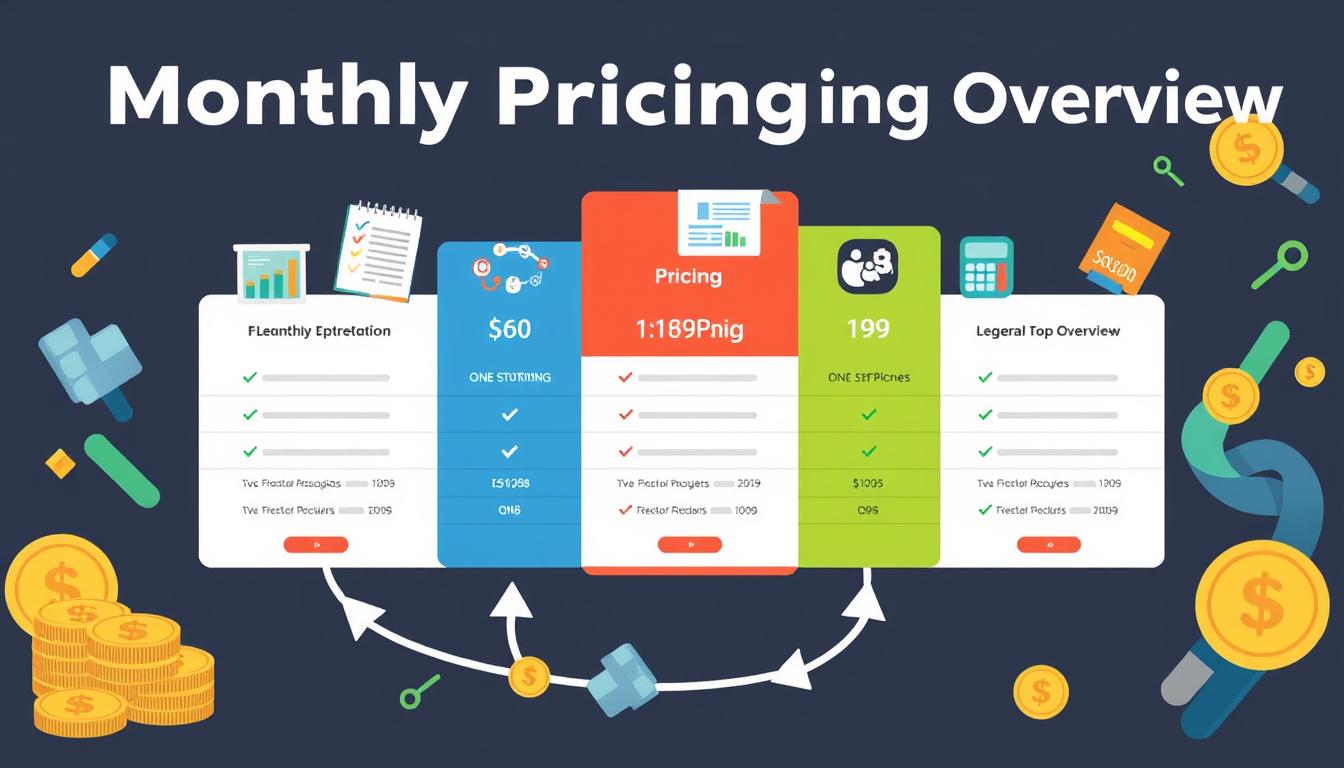
How much is quickbooks per month
Many users want to know the QuickBooks pricing for monthly costs. QuickBooks has various plans for different business needs. This lets users pick the right plan for their financial management.
What affects the QuickBooks monthly cost includes the QuickBooks edition, payment frequency, and extra features. This guide will explain the details of these plans. It will help you understand the costs of using QuickBooks for your business.

How does quickbooks work
QuickBooks is a key accounting software made by Intuit. It helps businesses manage their finances well. It works on a cloud-based platform, so users can access their financial data from anywhere.
This software makes tasks like bookkeeping, invoicing, and financial reporting easier. In this article, we’ll look at QuickBooks’ main features, its users, benefits, and challenges. We aim to help you understand how it can improve your financial management.

How do you record insurance payment in quickbooks
Recording insurance payments in QuickBooks is key for good insurance accounting. It helps business owners manage their money well and keep their books right. This is vital for the health of any business.
In this guide, we’ll show you how to record insurance payments easily. We’ll use QuickBooks guides and tips from accounting experts. This way, you can keep your financial records up to date.
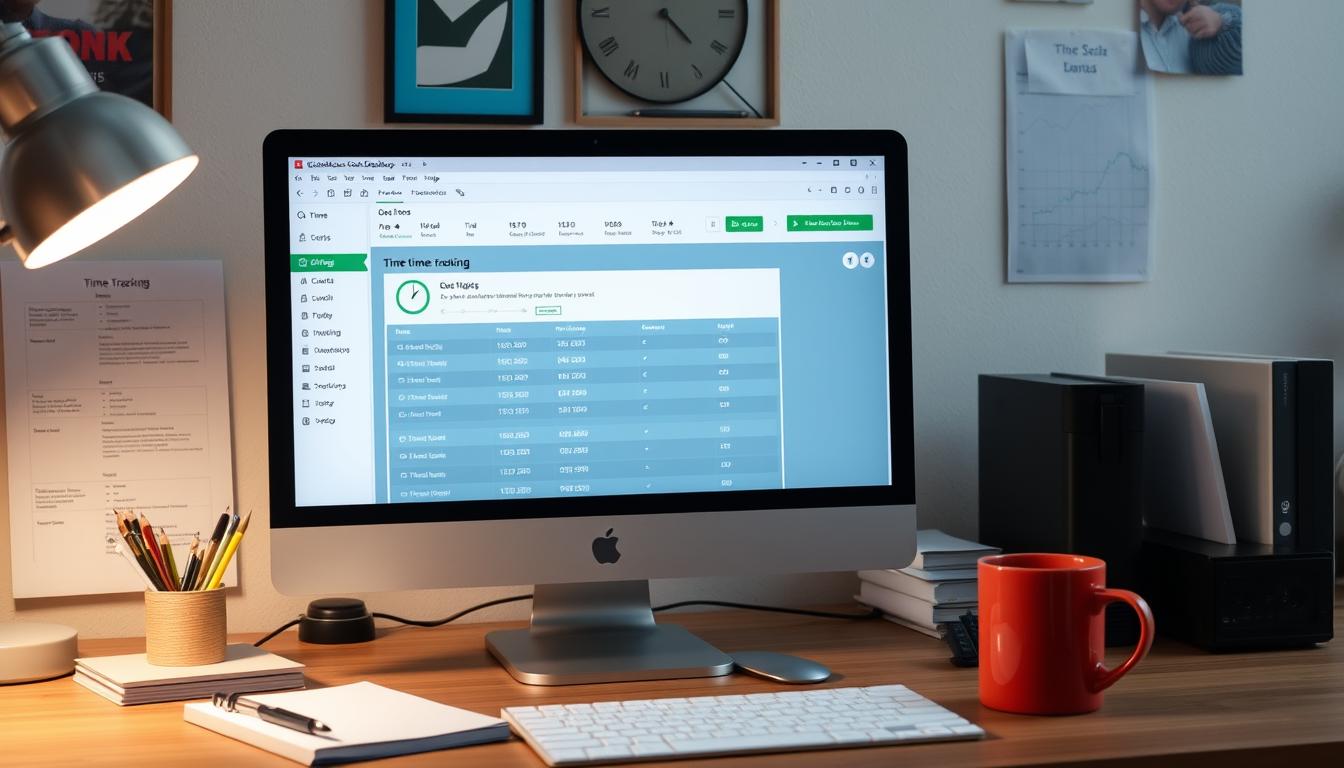
How do you clock in hours in quickbooks desktop
In today’s fast-paced world, tracking time well is key for good payroll management. This article will show you how to clock in hours in QuickBooks Desktop. It’s a top accounting software that makes managing tasks easier. By learning how to track time, businesses can work better and pay employees right.
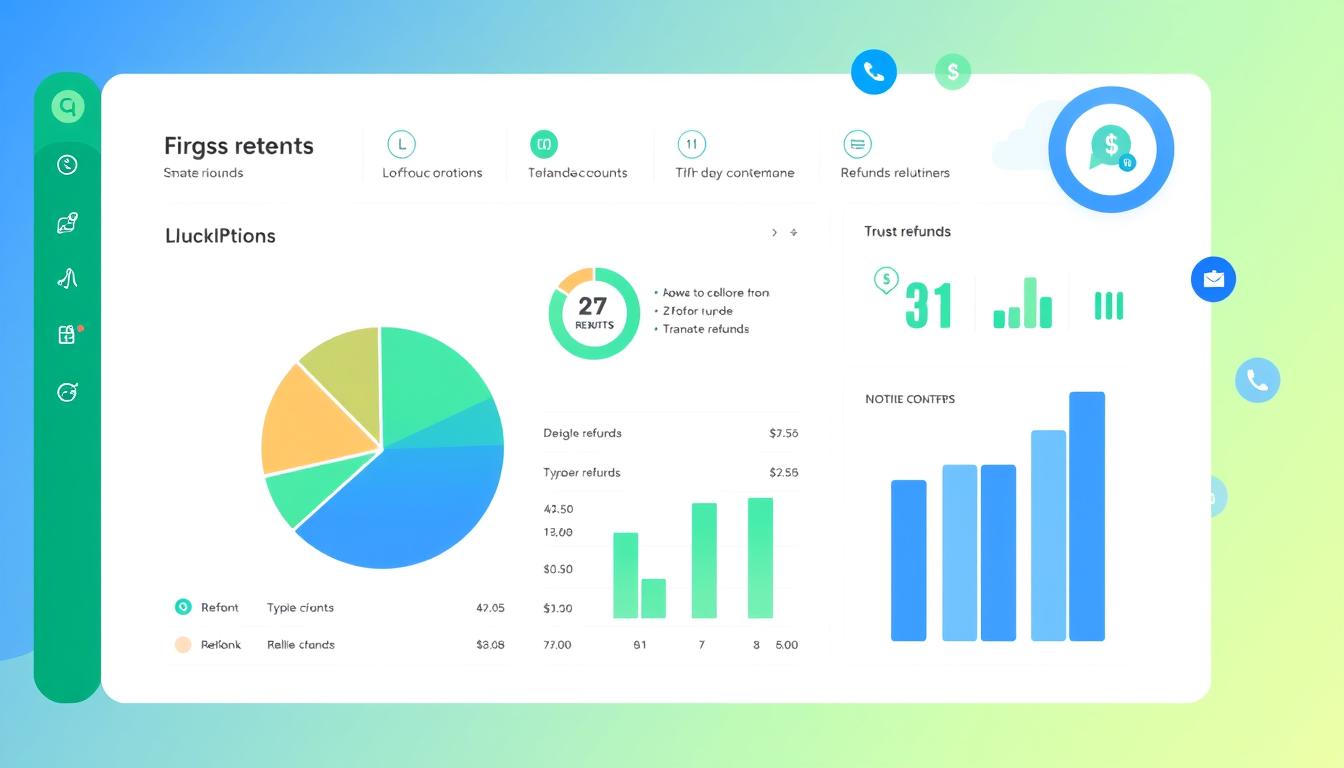
How are refunds categorized in quickbooks online
Knowing how to categorize refunds in QuickBooks Online is key for good financial management. It’s important to record refunds correctly to keep your finances clear. Businesses of all sizes can benefit from knowing how to do this right.
This knowledge helps make your financial records clear and accurate. It’s a basic step that can make a big difference.

Does quoteiq accept quickbooks online payments
Payment solutions are key in today’s business world. Many are looking into how platforms like QuoteIQ can improve their invoicing. A big question is: does QuoteIQ accept QuickBooks Online Payments? This article explores how QuoteIQ and QuickBooks Online Payments work together.
This shows how important it is to have good payment integration. It helps with cash flow and makes operations smoother. We’ll look at the benefits of using QuoteIQ with QuickBooks Online Payments. Plus, we’ll show you how to set it up.
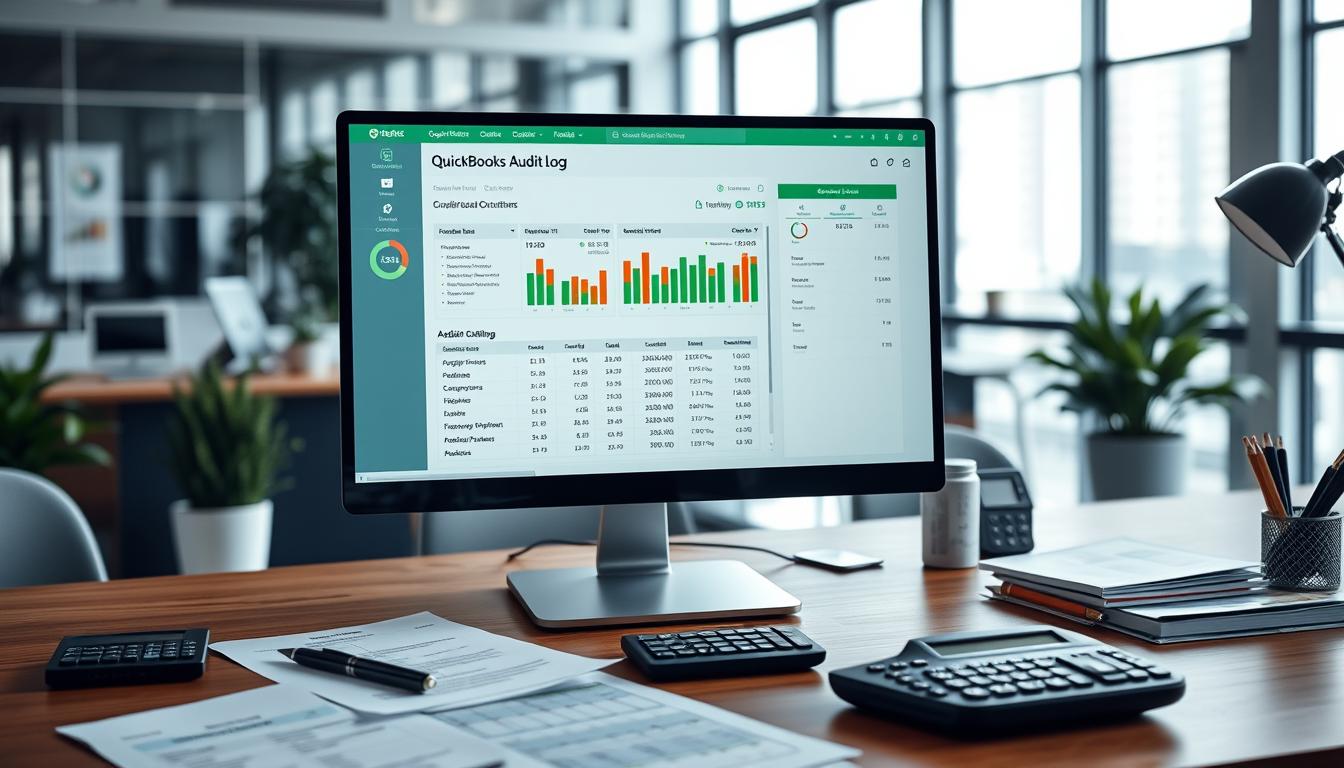
Can you delete history under audit log quickbooks online
It’s important to know if you can delete entries from the audit log in QuickBooks Online. This is key for businesses that focus on financial accuracy and follow the rules. The audit log QuickBooks Online keeps a detailed history of changes to financial data. This ensures that all account activities are recorded clearly.
By tracking these changes, the audit log is crucial for good financial management. We will look into why the audit log matters and what happens if you try to delete its records. We’ll see how these actions impact your QuickBooks history.
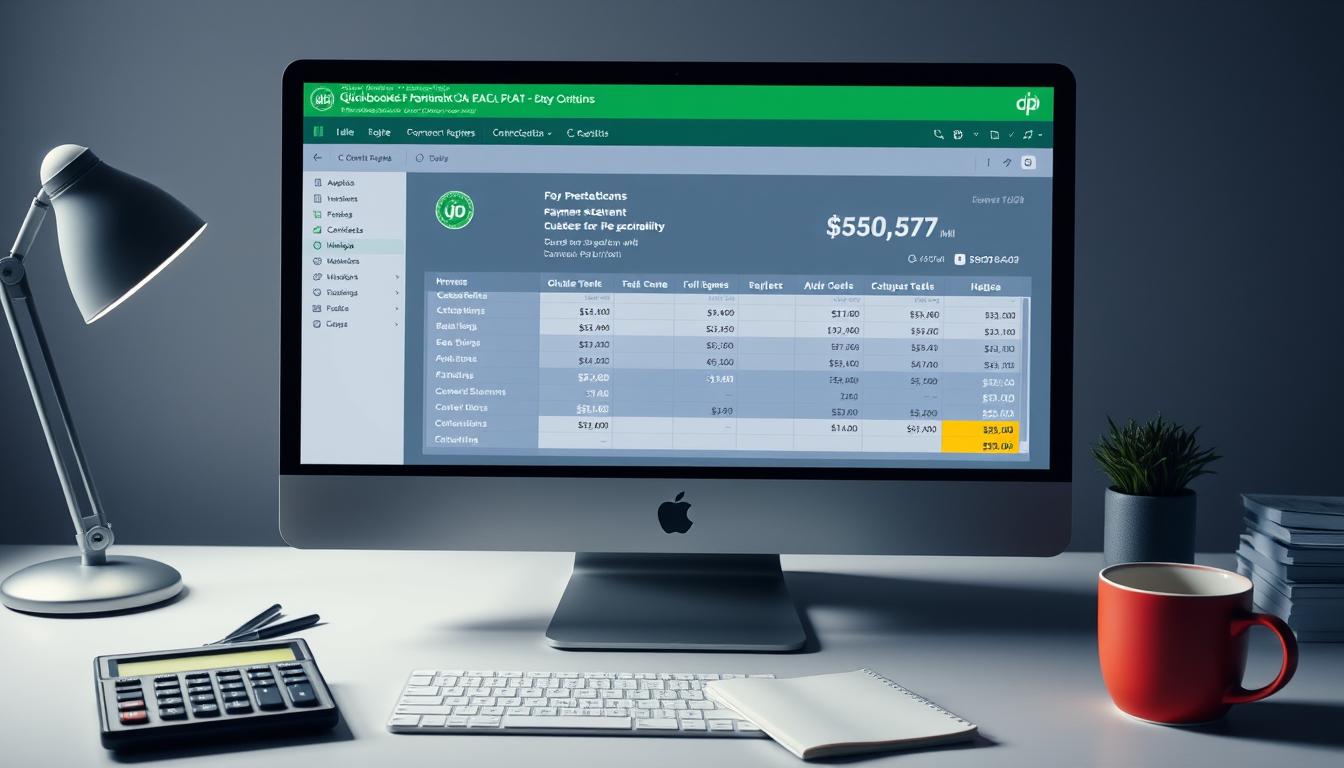
Can quickbooks recievepayment by statements rather that individual invoices
In today’s fast-paced world, businesses need quick and easy ways to handle payments. Many QuickBooks users wonder if they can pay by statements instead of invoices. This method makes accounting simpler for companies.
Using payment statements has big advantages over traditional invoices. QuickBooks helps businesses manage payments better. This article will show you how payment statements work in QuickBooks and how they can help your business.
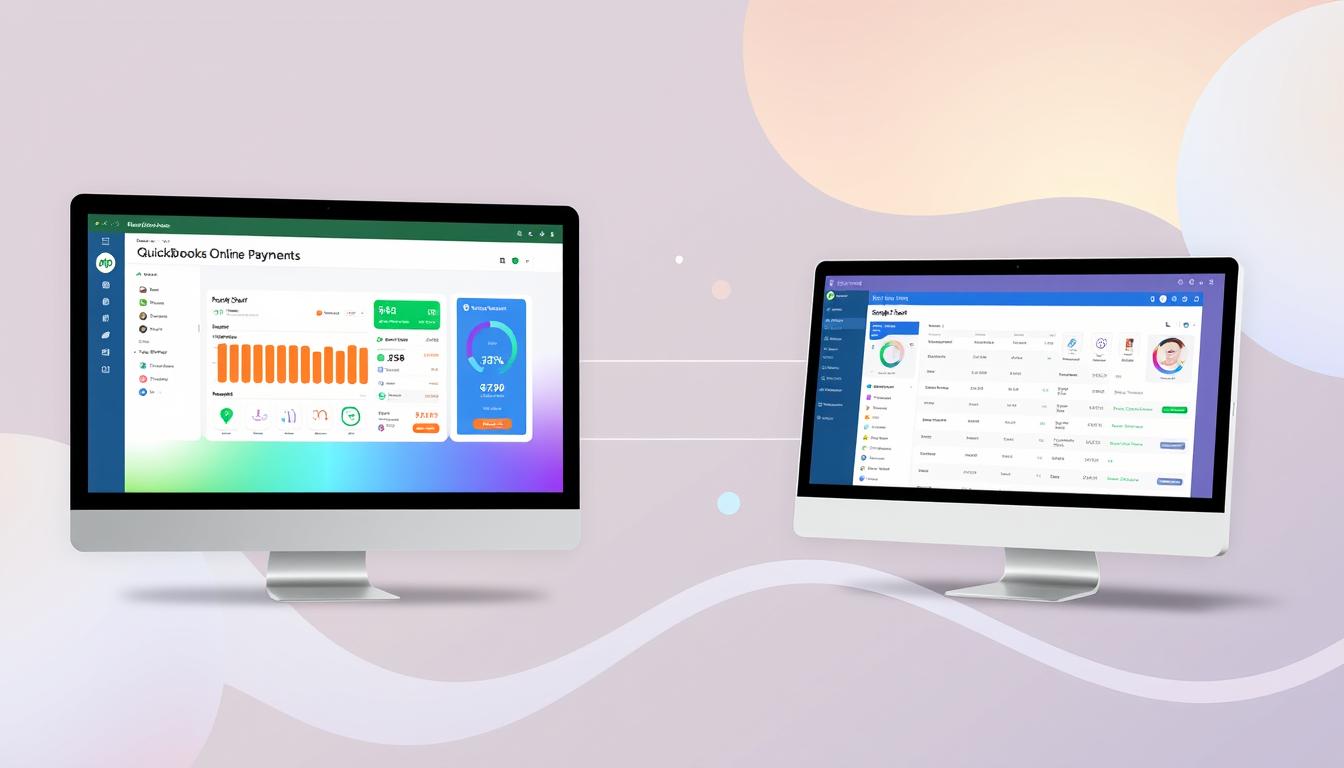
Can quickbooks online payments work with simple start
For small business owners, the question of whether QuickBooks Online Payments and QuickBooks Simple Start can work together is key. This integration is vital for managing finances effectively. It helps users handle transactions smoothly while using a basic accounting tool for solo businesses.
QuickBooks Online Payments lets users take payments online, making cash flow management easier. In this article, we explore how these two tools can boost efficiency for small businesses.